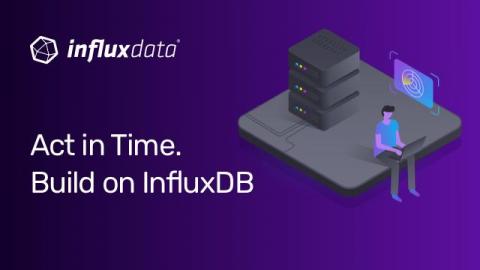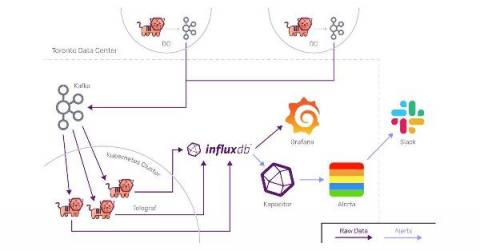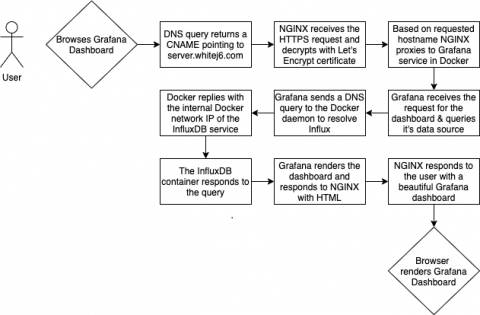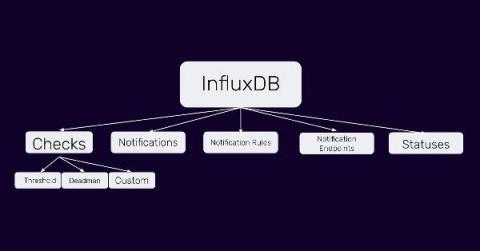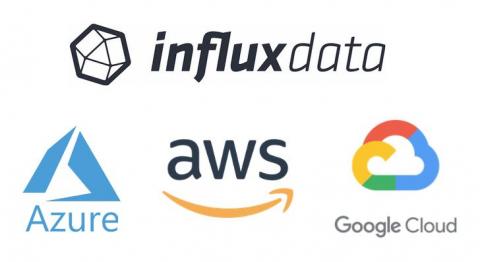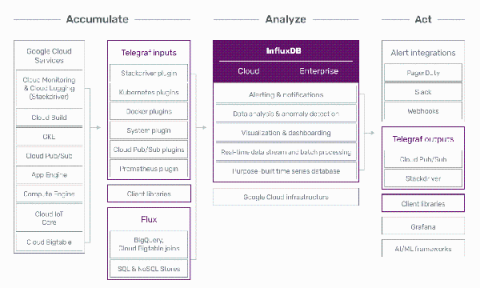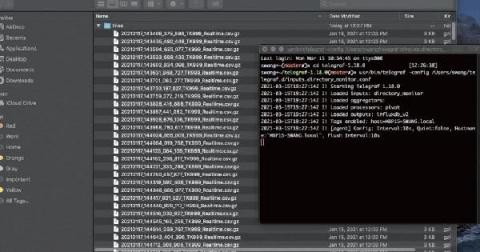Elixir SDK for ConfigCat
One of the great things about SaaS applications is that users in the platform automatically have access to any available software updates. Yet, having a beta program requires a separate environment, creating a potential challenge for users and development teams. In this context, having a tool where you can control features and flag certain users is important because sometimes features are too early or not relevant for all users.


